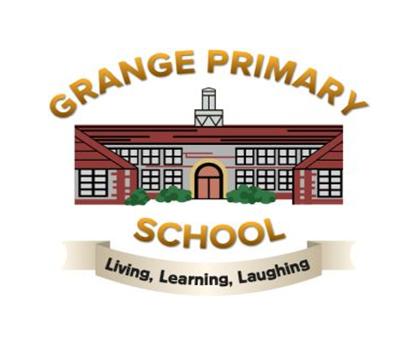Phonics
What is Phonics?
Phonics is a strategy for teaching children to read and write using letter sounds.
The children are taught in knowledge based groups, working with children who have the same sound knowledge as them. Children are reassessed each term and our phonics teaching is adjusted regularly to meet the needs of the children.
What Sounds do we Teach?
The sounds are taught in an order that Read Write Inc have researched to be most effective in enabling children to learn the sounds and to aid the development of blending.
Set 1 Sounds - 
Set 2 digraphs - one representation for each vowel sound. We call these special friends

Set 3 Digraphs - alternative representations of the sounds already known.
What is Blending?
Once the children have learnt the first 5 sounds, we introduce them to 'blending' sounds.
This is the process of putting the sounds together to be able to read words.
eg. m a t --> mat
These Phonetic words are taught as green words.
We teach the children Spot the friends ; "Fred talk" (say the sounds) and blend
Segmenting
Segmenting is the process of breaking words down into their sounds to be able to spell and write
eg. dog --> d o g
We teach the children to "say pinch write"
say - say the word
pinch - pinch the sounds onto your "fred fingers"
write - children write the sounds
What Should we know?
All Children at Grange are taught at the right stage for them following our assessment activities every six weeks.
We know children progress at their own rate, some will make rapid progress then consolidate, others will make slower steady progress - the hare and the tortoise.
Typically when following Read Write Inc children should know :

Children who are not making progress from their current stage and those working below their expectations are offered booster groups and additional support in school and will benefit from practice at home too.
What about the words that do not follow the phonetic rules?
We know English can be tricky and there are lots of words that are not phonetic and we cannot sound them out. These are taught as "red" words. We teach these as sight words and the children learn to say the word and "don't Fred the red"
You can practice them here:
Phonics At Grange
Introduction
Systematic synthetic phonics is proven to be the most effective way to teach phonics.
At Grange we follow Read Write Inc, a government validated and recommended scheme.
”Research shows that when phonics is taught in a structured way, starting with the easiest sounds and progressing through to the most complex, it is the most effective way of teaching young children to read.” DfE
Aims (intent)
Living
At Grange we know that the ability to read and write is essential to success in later life and phonics is proven to help support young children in achieving these early literacy skills quickly and effectively. We aim to teach children to use their phonic skills to enable them to access the wider world of written English with increasing confidence and independence.
Laughing
At Grange we know children learn best through play and enjoyment and plan for enjoyment and engagement in all our phonics teaching. We hope to spark children’s enjoyment of reading through developing their phonic confidence and independence to enable success.
Learning
We carefully monitor and ensure learning and progress by teaching systematically and thoroughly, focussing and building on children’s current knowledge and next steps. Children’s learning is carefully scaffolded working towards increasing independence and challenge.
